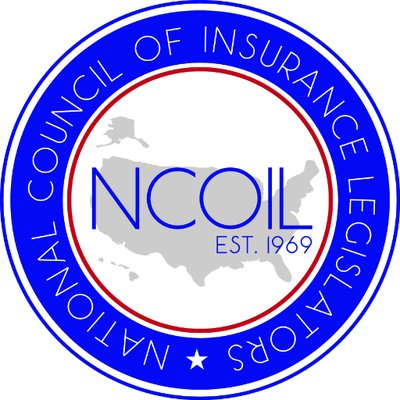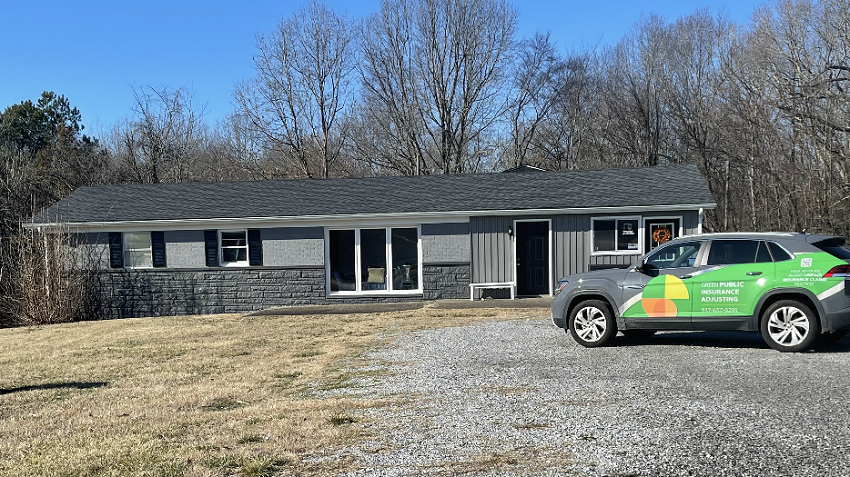In recent years, public insurance adjusters have faced mounting regulatory shifts, fee restrictions, and uncertainty in contract enforcement. In 2024, the National Council of Insurance Legislators (NCOIL) adopted the Public Adjuster Professional Standards Reform Model Act, a comprehensive effort to create a standardized framework for public adjuster operations across the country. While its intention is to raise ethical and operational standards, its influence—especially when adopted in part or in full by individual states—has the potential to significantly reshape how public adjusters do business.
Our firm regularly receives calls from contractors, as well as referrals from insurance agents, and attorneys looking to assist their clients who have complex claims. These professionals understand the value of experienced public adjusters. But even as demand rises, regulatory headwinds are creating new hurdles that threaten access to policyholder representation, especially for those with smaller claims.
A Model Act with Broad Implications
The 2024 NCOIL model introduces several modernizations in the name of consumer protection and market consistency. Among the key provisions are:
- Required contract disclosures (e.g., maximum fee percentages, method of fee calculation, right of rescission)
- Clarification that public adjusters cannot act as both contractor and advocate
- Licensing standards and continuing education requirements
- Clearer boundaries on who may solicit adjusting services and how
- Guidance on fee limitations for “undisputed” or “prepaid” claim amounts
While NCOIL cannot enact laws itself, the model act is intended as a template for state legislatures. States can adopt it in whole or in part, amend it to suit their priorities, or use it as a catalyst for tightening public adjuster restrictions—especially around fees.
The Rise of Fee Caps: A Growing Trend
Over the past five years, several states have passed or proposed statutory caps on public adjuster fees, especially following catastrophic losses. Some caps are temporary and disaster-specific, while others are permanent and broad-based:
- Florida: 10% cap Year 1 post-disaster, 20% cap for non-catastrophic losses
- Texas: 10% cap post-catastrophe
- Illinois: 10% cap for residential fire losses
- New York, California, Ohio, and others: May be actively exploring model adoption or administrative limits
Now, with the introduction of NCOIL’s model, a new justification exists for states to standardize fee caps, even in non-catastrophe settings. Of particular concern is the 15% fee cap language suggested in some model drafts—if states interpret this as a ceiling rather than a guideline, the implications for small and mid-sized claims could be devastating.
Are Policyholders Losing Representation?
There is growing anecdotal evidence that fee caps and regulatory uncertainty are deterring public adjusters from taking on smaller or more complex claims. When overhead costs, inspection time, and legal risks outpace allowable recovery, public adjusters must decline representation—leaving homeowners and business owners to battle insurers alone.
This drop-off in representation is especially sharp in underserved and rural communities, where fewer firms operate and where loss values may be lower. It’s an unintended consequence of reform: well-intended consumer protections have made it cost-prohibitive for many adjusters to serve the very consumers the laws were meant to protect.
What Comes Next?
We are at a crossroads. Public adjusters are navigating evolving professional standards, restricted fee environments, and changing expectations around what it means to “earn” a fee. While the NCOIL model act provides clarity in some areas, it raises questions in others:
- Will new definitions of “undisputed” funds reduce fees on existing claims?
- How will insurers interpret contract disclosures or contest fee enforceability?
- Will adjusters be forced to adopt flat-fee or hourly models for claim assistance?
The only certainty is that adaptation is now essential.
Coming Next in Part II:
In our next installment, we’ll explore how adjusters can revise contracts, invoice efficiently, and adapt scope strategies to remain compliant and profitable in this new landscape. We’ll share best practices for claim engagement, billing milestones, and referral partner education.





